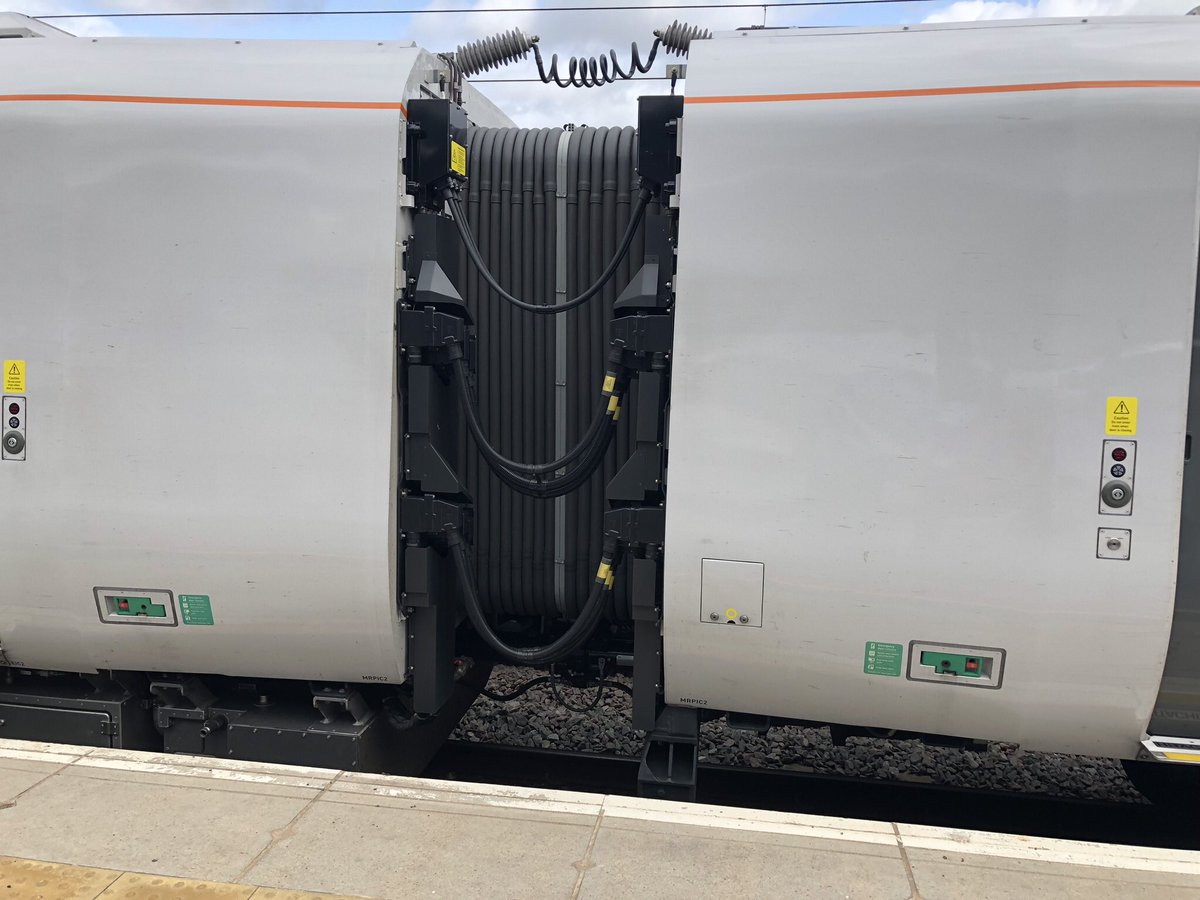Looking at the gap between the 390 and the 800s, I can understand why there might be some concern. The 390 has London Underground style "fins" (admittedly for aerodynamics) making the gap closer together and covering the cable plug sockets. Those cables also look like they are just plugged into the next coach and could be undone either with some force. i.e by stepping on on it or giving it a good tug, whereas the 800s cables appear to be more securely held in. The gap is also considerably wider as well.
The sad fact is, having witnessed a pair of idiots climb on top of a moving freight waggon and nearly get themselves zapped by the 25KV above them, I can understand why the ORR have raised this concern. Given that you've also got the bus bar running over the top of the corridor, you really don't have to reach the roof before your at risk of being zapped by some considerable voltage.

